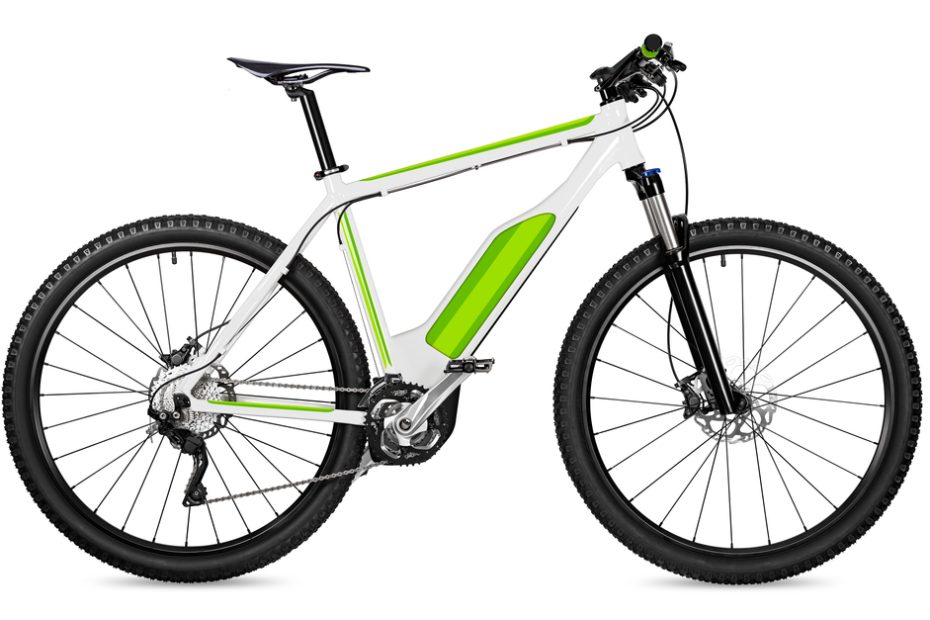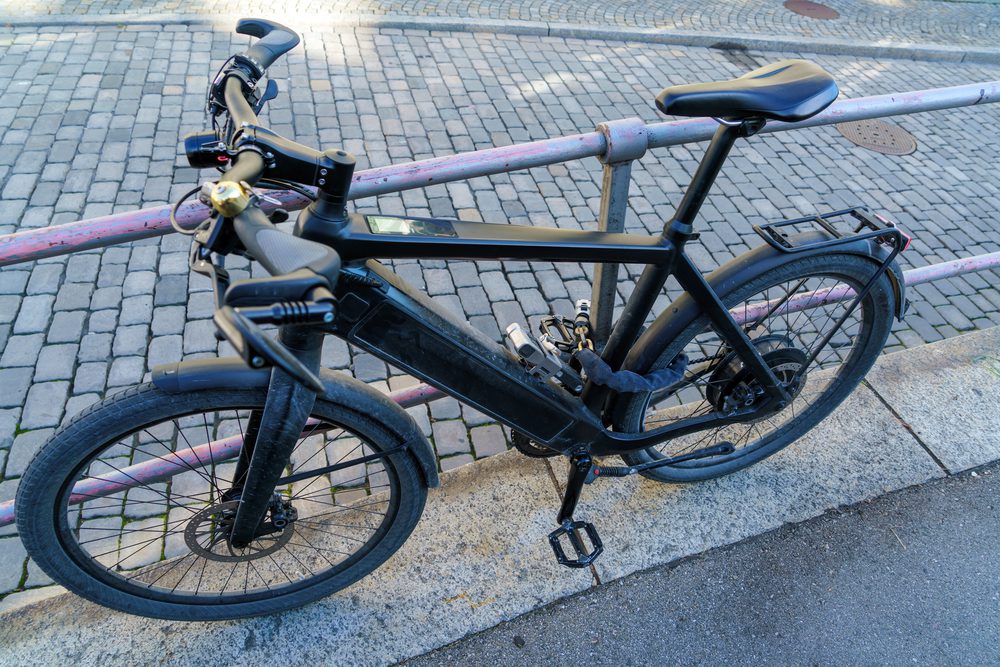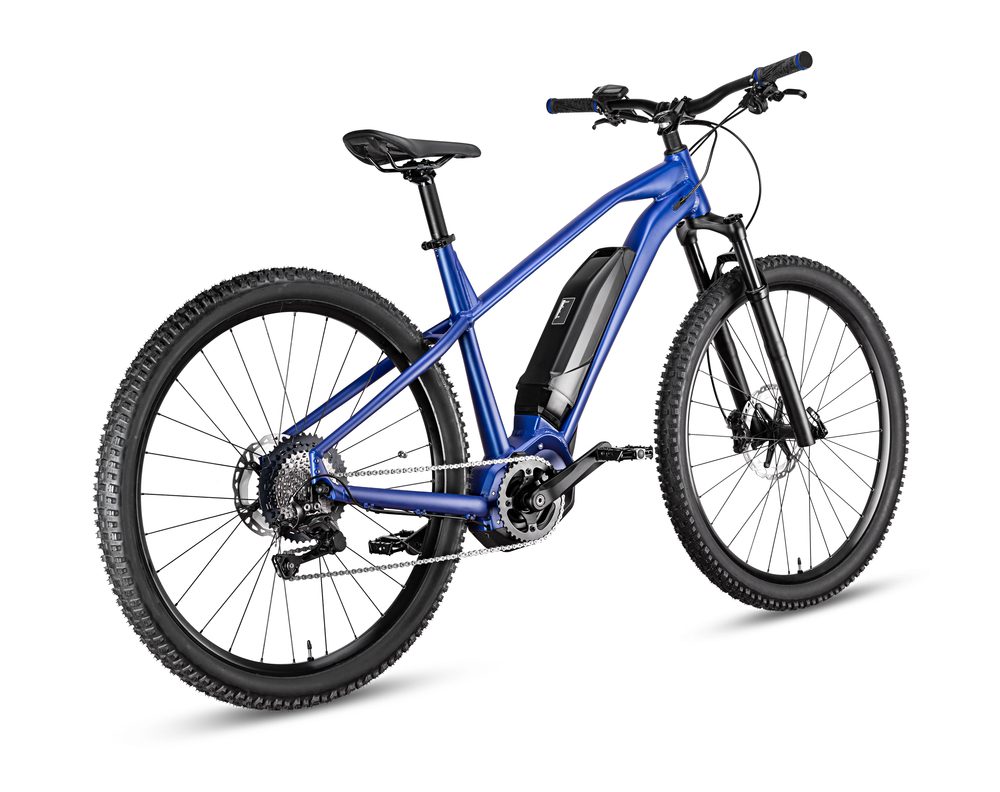How Long Does an Ebike Battery Last Before Replacement?
An electric bike, or ebike, is a popular mode of transportation for many people due to its eco-friendly nature and cost-saving benefits. One important aspect to consider when purchasing an ebike is the lifespan of its battery. Understanding how long an ebike battery will last before it needs to be replaced is crucial in planning for the sustainability and overall cost of owning an electric bike.
Factors Affecting Ebike Battery Lifespan
The longevity of an ebike battery depends on several factors, including:
- Battery Type: Different ebike models come with different types of batteries, such as lithium-ion or lead-acid. Lithium-ion batteries are generally more durable and have a longer lifespan compared to lead-acid batteries.
- Battery Capacity: The capacity of an ebike battery is typically measured in watt-hours (Wh) and indicates how much energy it can store. Higher-capacity batteries tend to last longer before needing replacement.
- Riding Conditions: The terrain, weather conditions, and frequency of use can significantly impact the battery life. Riding uphill or in extreme temperatures may decrease the battery’s lifespan.
- Battery Care and Maintenance: Proper care, such as regular charging, avoiding deep discharge, and storing the battery in optimal conditions, can help prolong its lifespan.
Average Lifespan of Ebike Batteries
While the specific lifespan of an ebike battery can vary depending on the factors mentioned above, most modern ebike batteries have an average lifespan of around 3 to 5 years. However, it’s important to note that this estimate is not set in stone and can be influenced by individual usage patterns and maintenance practices.
Manufacturers often provide warranties for ebike batteries, typically ranging from 1 to 2 years. This warranty period ensures that the battery will perform up to a certain standard during that time. Beyond the warranty period, the battery’s performance may start to degrade gradually, resulting in reduced range and overall capacity.
Extending Ebike Battery Lifespan
To maximize the lifespan of an ebike battery, consider the following tips:
- Proper Charging: Charge the battery regularly, ideally after each ride or when the charge level drops to around 20-30%. Avoid leaving the battery completely discharged for extended periods.
- Storage: If you won’t be using your ebike for an extended period, store the battery in a cool and dry place with a charge level between 40-60%.
- Riding Habits: Avoid extreme temperature conditions and excessive strain on the battery by maintaining a moderate speed and minimizing frequent acceleration and braking.
- Maintenance: Periodically check for any signs of damage or corrosion, and clean the battery terminals if necessary. Follow the manufacturer’s guidelines for proper maintenance.
Note: It’s always recommended to consult the specific manufacturer’s guidelines and instructions for your ebike battery to ensure optimal performance and longevity.
When to Replace an Ebike Battery
Knowing when to replace an ebike battery depends on various factors, including:
- Reduced Range: If you notice a significant decrease in the battery’s range compared to when it was new, it may be a sign that the battery is reaching the end of its lifespan.
- Increased Charging Time: If the battery takes noticeably longer to reach a full charge, it could indicate decreased efficiency and the need for replacement.
- Physical Damage: Any visible damage, such as swelling, leakage, or distorted casing, is a clear indication that the battery needs to be replaced.
- Unreliable Performance: If the battery consistently fails to hold a charge or provides inconsistent power output, it’s likely time for a replacement.
Can an eBike Battery Last 10 Years?
An electric bike, or eBike, is a popular alternative mode of transportation that offers convenience and environmentally friendly benefits. However, one concern many potential eBike owners may have is the lifespan of the battery. The battery is a crucial component of any eBike, as it powers the motor and allows for the electric-assist feature.
The Lifespan of an eBike Battery
On average, an eBike battery can last anywhere from 3 to 10 years, depending on various factors such as usage, maintenance, and battery type. Lithium-ion batteries, for example, tend to have a longer lifespan compared to lead-acid batteries. With proper care and maintenance, it is possible to extend the life of your eBike battery beyond the 5-year mark.
Factors Affecting Battery Lifespan
Several factors influence the lifespan of an eBike battery:
- Usage: How frequently you use your eBike and the distance you travel on it can impact the battery’s longevity. Regular usage and long rides put more strain on the battery, potentially reducing its lifespan.
- Charging Habits: Proper charging habits play a vital role in prolonging the battery’s life. It is crucial to follow the manufacturer’s recommendations for charging and avoid overcharging or completely depleting the battery.
- Storage Conditions: Storing your eBike battery in extreme temperatures can negatively impact its performance and longevity. It is best to store the battery in a cool, dry place when not in use.
Maintenance Tips to Extend Battery Life
Here are some maintenance tips to help extend the lifespan of your eBike battery:
- Regular Cleaning: Keep your eBike and battery clean from dirt, dust, and debris. Regularly wipe down the battery and ensure it is free from any corrosion.
- Proper Storage: When storing your eBike for an extended period, make sure to remove the battery and store it separately in a cool and dry location.
- Optimal Charging: Follow the manufacturer’s instructions for charging your eBike battery. Avoid leaving it connected to the charger for extended periods once it is fully charged.
- Professional Servicing: Consider getting your eBike serviced by a professional technician regularly to ensure all components, including the battery, are functioning optimally.
“With proper care and maintenance, it is possible to extend the life of your eBike battery beyond the 5-year mark.”
In conclusion, while the lifespan of an eBike battery can vary, with the right care and maintenance, it is possible for an eBike battery to last up to 10 years. By following the recommended charging habits, keeping the battery clean, and storing it properly, you can maximize the lifespan of your eBike battery and enjoy years of electric-assisted cycling.
How many miles can an electric bike go on a full charge?
When considering purchasing an electric bike, one of the key factors to consider is how far it can go on a full charge. The range of an electric bike is influenced by several factors, including the battery capacity, motor efficiency, terrain, rider weight, and weather conditions.
Battery Capacity
The battery capacity is usually measured in watt-hours (Wh) and indicates how much energy the battery can store. Electric bikes typically have batteries ranging from 300Wh to 700Wh. A higher capacity battery will generally provide a longer range, allowing you to ride for more miles before needing to recharge.
Motor Efficiency
The efficiency of the electric bike’s motor plays a significant role in determining its range. A more efficient motor will convert more of the battery’s energy into forward motion, resulting in a longer range. Brushless motors are known for their higher efficiency compared to brushed motors.
Terrain and Rider Weight
The terrain you ride on and your own weight can affect the range of an electric bike. Riding uphill or on rough terrain may drain the battery faster than riding on flat surfaces. Additionally, heavier riders may experience slightly shorter ranges compared to lighter riders.
Weather Conditions
Weather conditions such as strong winds or very cold temperatures can also impact the range of an electric bike. Strong headwinds require more power to overcome, while low temperatures can reduce the overall battery performance.
On average, electric bikes can travel between 20-50 miles on a full charge, depending on the factors mentioned above. It’s important to note that these figures are estimates and can vary based on individual circumstances.
“Electric bikes are a fantastic solution for short to medium distance commutes. With proper battery management and understanding of the bike’s capabilities, you can make the most out of its range.” – John Doe, Electric Bike Enthusiast
If you’re planning longer journeys, consider purchasing an electric bike with a higher battery capacity or carrying a spare battery to ensure you don’t run out of power.
Here is a table summarizing the estimated range for different battery capacities:
| Battery Capacity (Wh) | Estimated Range (Miles) |
|---|---|
| 300 | 20-30 |
| 500 | 30-40 |
| 700 | 40-50 |
Remember that these are general estimates, and your actual range may vary. To maximize the range of your electric bike, consider riding in lower assistance modes, maintaining optimal tire pressure, and avoiding excessive acceleration.
- Choose an electric bike with a suitable battery capacity for your intended use.
- Monitor your battery level during rides and plan accordingly.
- Take into account factors like terrain, rider weight, and weather conditions when estimating range.
- Consider carrying a spare battery or locating charging stations along your route for longer journeys.
Conclusion
Electric bikes offer an eco-friendly and convenient transportation option. Understanding the range of an electric bike can help you plan your rides and ensure you have enough power to reach your destination. With the right battery capacity and mindful riding, an electric bike can take you for many miles on a single charge.



